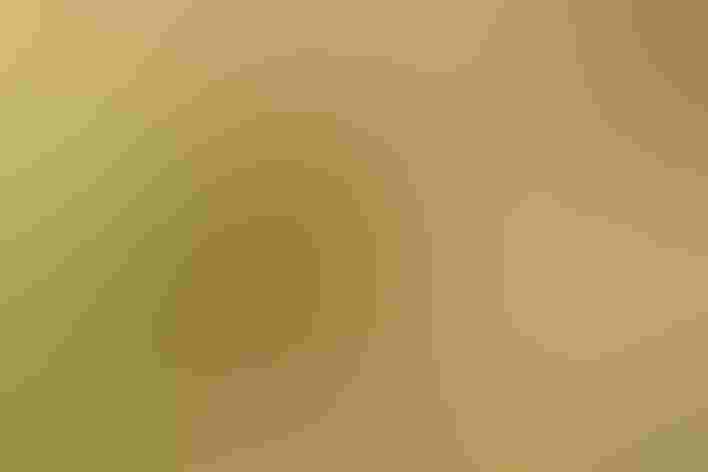Hooded Warbler
At a Glance
In the forest undergrowth, this skulking warbler seems to call attention to itself by frequently fanning its tail quickly open and shut, flashing the white outer tail feathers. Hooded Warblers are common in moist leafy woodlands of the Southeast. They usually stay low in the shadowy understory, foraging actively in the bushes and nesting close to the ground, although males will move up into the trees to sing.
All bird guide text and rangemaps adapted from Lives of North American Birds by Kenn Kaufman© 1996, used by permission of Houghton Mifflin Harcourt Publishing Company. All rights reserved.
Category
Perching Birds, Wood Warblers
Conservation
Low Concern
Habitat
Forests and Woodlands, Freshwater Wetlands, Shrublands, Savannas, and Thickets
Region
California, Eastern Canada, Florida, Great Lakes, Mid Atlantic, New England, Plains, Rocky Mountains, Southeast, Southwest, Texas
Behavior
Direct Flight, Flitter
Population
5.200.000
Range & Identification
Migration & Range Maps
Migrates mostly at night. Many fly north and south across the Gulf of Mexico during migration. A rare stray in the Southwest, where many of the records are for spring or summer.
Description
5 1/2" (14 cm). Black hood surrounding yellow face of male is diagnostic. Many females show a shadow of this hood, but others are plainer. Note their white outer tail feathers, often flashed conspicuously.
Size
About the size of a Robin, About the size of a Sparrow
Color
Black, Green, White, Yellow
Wing Shape
Rounded
Tail Shape
Rounded, Square-tipped
Songs and Calls
Clear, ringing tawee-tawee-tawee-tee-o.
Call Pattern
Falling, Flat, Undulating
Call Type
Chirp/Chip, Whistle
Habitat
Forest undergrowth. Breeds in forest interiors of mixed hardwoods in the north and cypress-gum swamps in the south. During migration, found in deciduous and mixed eastern forests. In winter, males compete for territories in humid lowland forest and females occupy mainly disturbed scrub or secondary forest.
Sign up for Audubon's newsletter to learn more about birds like the Hooded Warbler
Behavior
Eggs
Usually 4. Creamy white, with brown spots at larger end. Incubation is normally by female only, 12 days. Brown-headed Cowbirds lay eggs in many nests (up to 75% in some areas).
Young
Fed by both parents. Young leave the nest 8-9 days after hatching, and can fly 2-3 days later. Fledglings are divided by parents, each adult caring for half the brood for up to 5 weeks. Often 2 broods per year.
Feeding Behavior
Hops on ground, low branches, or tree trunks while feeding, often gleaning insects from leaf surfaces in low shrubs. Will also make short flights to catch flying insects in the understory. Males may forage higher than females when feeding young. Both sexes maintain well-defined feeding territories during winter, giving conspicuous chip callnotes and attacking intruders of their own species.
Diet
Insects and other arthropods. Feeds on a wide variety of insects, including caterpillars, moths, grasshoppers, beetles, flies, and many others; also eats many small spiders.
Nesting
Males usually return to occupy the same nesting territory as in previous years, but females usually move to a different territory. Nest: Female chooses site in patches of deciduous shrubs within forest or along edge. Site usually 1-4' above ground. Nest is open cup of dead leaves, bark, fine grasses, spiderwebs, hair, and plant down. Usually the female does most or all of the building.
Climate Vulnerability
Conservation Status
Considered vulnerable because it is often parasitized by cowbirds, especially where forest is broken up into small patches, and because it favors undergrowth of tropical forest for wintering.
Climate Threats Facing the Hooded Warbler
Choose a temperature scenario below to see which threats will affect this species as warming increases. The same climate change-driven threats that put birds at risk will affect other wildlife and people, too.





